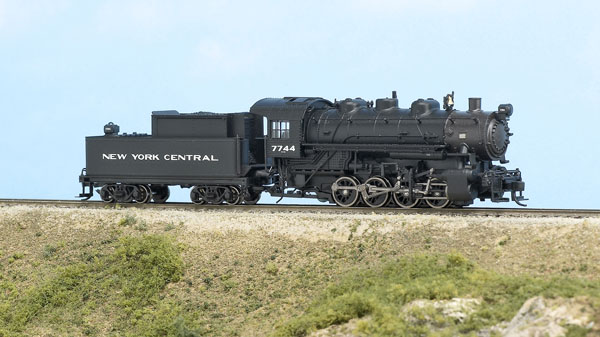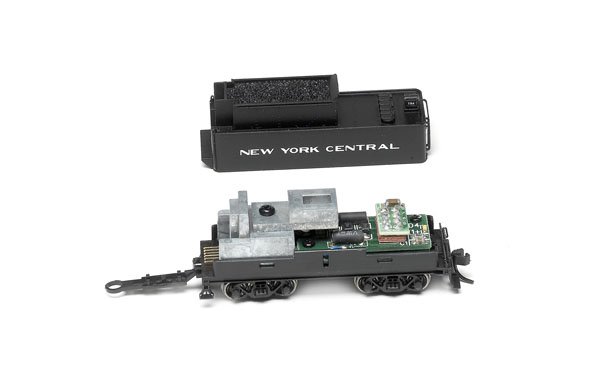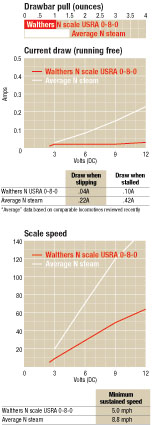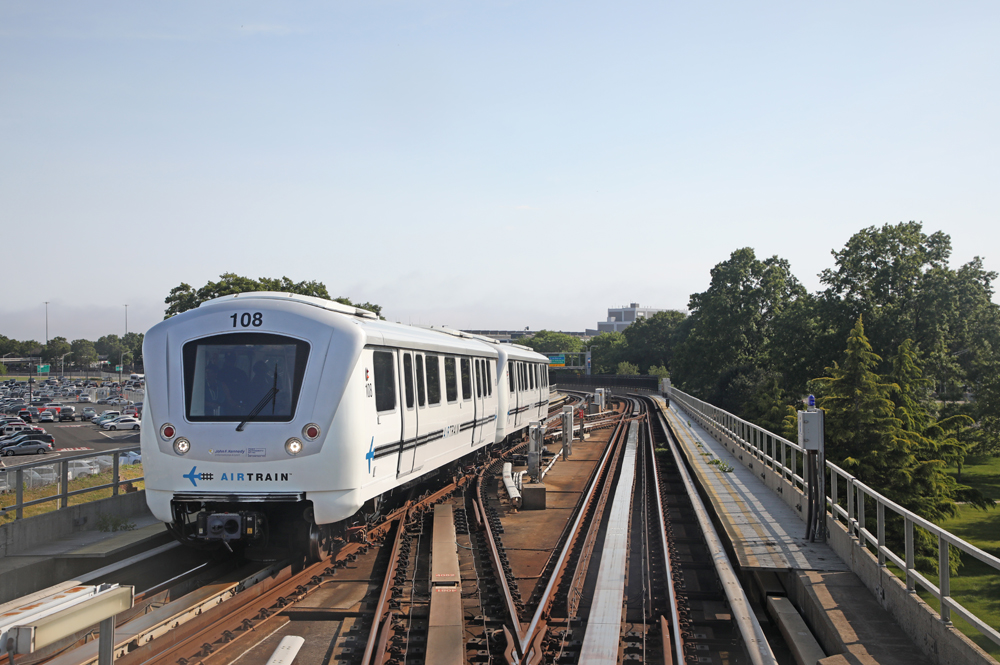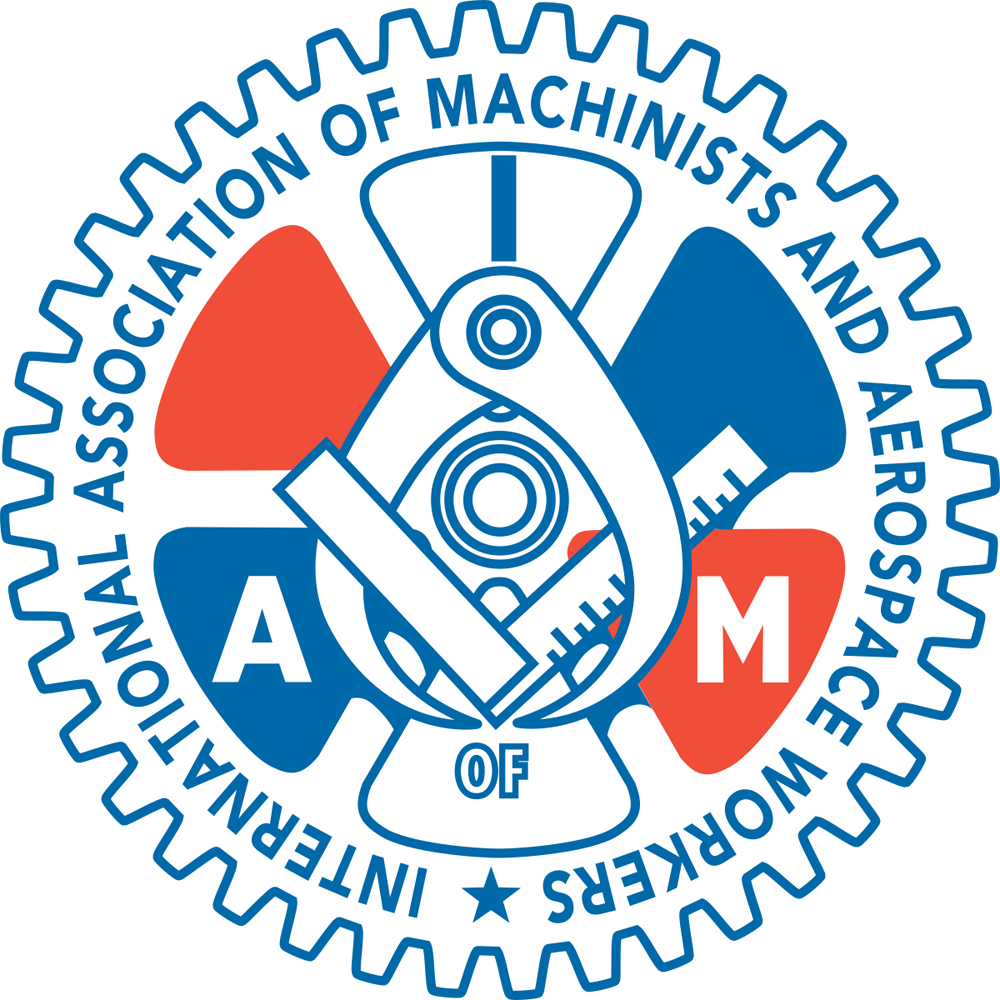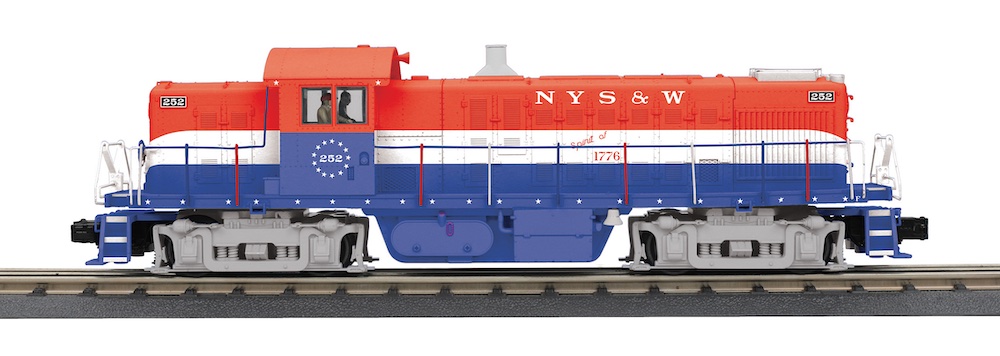0-8-0 switcher has a high level of detail comparable to its HO scale cousin. The N scale model performs reliably on a DC layout and is easy to convert to Digital Command Control (DCC).
The short-lived United States Railway Administration (USRA) developed a standard 0-8-0 design and allocated 175 of the engines to 21 railroads between 1918 and 1920. After the demise of the USRA, the American Locomotive Co., Baldwin, and Lima continued to build copies of the locomotive, eventually numbering 1,100, for 35 railroads across the country. The successful USRA design was used by Norfolk & Western to build no. 291, which was the last steamer in revenue service on a Class I railroad, dumping her fire in 1960.
The model’s boiler and tender are made primarily of plastic. All the engine’s piping, handrails, and other parts such as the bell are separately applied. The rear of the motor fills the cab, so there isn’t any backhead detail. All the cab windows have clear glazing.
Most of the model’s details match prototype photos, including its rectangular Alco builder’s plates (no lettering, though).
Our sample came decorated as U-3A no. 7744 in New York Central’s post-1940 sans serif lettering. The prototype was built at Alco’s Brooks Works in 1919 and spent most of her career on NYC’s Big Four (Cleveland, Cincinnati, Chicago & St. Louis RR) line.
Paint coverage on the engine and tender is smooth and the lettering is crisp and straight. “U-3A” under the road number on the sides of the cab and “8000 GALS” and “121/2 TONS” along the back of the tender tank are legible. The model even has test stencils along both air reservoirs under the running boards.
The rear set of drivers is equipped with rubber traction tires, which help the 0-8-0 achieve a drawbar pull equivalent to 28 N scale freight cars on straight and level track. A set of drivers without traction tires for user installation is included.
The model picks up power from all eight tender wheels and six drivers (eight if the non-traction- tire-equipped rear drivers are installed). A six-wire plug connects the locomotive to the printed-circuit (PC) board in the tender. The tender shell is press-fit for easy access to the electronics inside. The PC board is attached to a die-cast metal weight that runs along the tender’s frame.
The 0-8-0 includes a socket on its PC board for easy conversion to DCC. You must first remove the eight-pin jumper from the socket before installing a decoder.
The model features directional lighting, although prototype steamers didn’t have automatically operating lights. Yard switchers often kept both the headlight and backup light on, set on dim, during normal operations.
The 0-8-0 has a minimum sustained speed of 5 scale mph at 2.5 volts. The model accelerated to a top speed of 64 scale mph. This is higher than the prototype, which would have done most of its switching work under 20 mph.
Throughout its speed range the Walthers 0-8-0 is extremely quiet and didn’t have any difficulties pushing and pulling N scale freight cars through the 93/4″ curves and no. 4 turnouts of our Carolina Central project railroad.
With its smooth performance and high level of detail, this new yard goat is a must-have for an N scale steam roster.
Price: $174.98
Manufacturer
William K. Walthers, Inc.
P.O. Box 3039
Milwaukee, WI 53201
www.walthers.com
Description: Plastic and metal N
scale steam locomotive
Road names (two road numbers
each): New York Central;
Boston & Maine; Chesapeake
& Ohio; Chicago, Burlington &
Quincy; Erie; Indiana Harbor
Belt; Louisville & Nashville;
Missouri Pacific; New Haven;
Nickel Plate Road; Northern
Pacific; Southern; painted,
unlettered (original and ladder
front step versions available)
Balckened metal valve gear and side rods
DCC socket
Die-cast metal split-frame chassis
Drawbar pull: 1.1 ounces
Electrical pickup on six drivers and all tender wheels
Front and rear Accumate magnetic knuckle couplers (correct height)
Minimum radius: 9 3/4″
RP-25 contour blackened metal wheels (in gauge)
Three-pole skew wound motor with brass flywheel
Traction tires on rearmost drivers
Weight: 2 1/2 ounces





